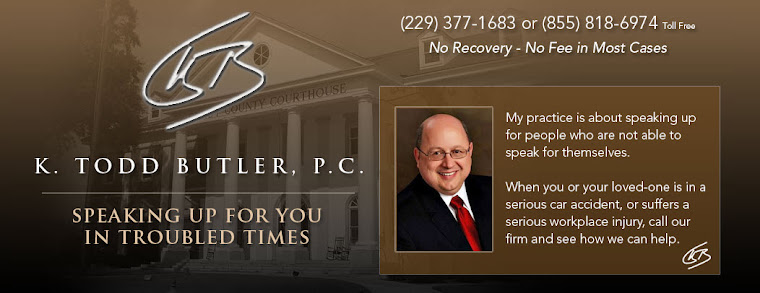John's
story shows how unemployment benefits can complicate your disability
claim. A learning impairment got him
kicked out of school at sixteen when he was still in the sixth grade. He spent the first few years of his work-life
sweeping floors, carrying bags and boxes, and digging holes, and then he got
lucky. A friend of his dad's got him a
factory job.
Raised
to appreciate opportunity and mind grown-ups, John worked hard to learn how to
clean and service the machines. Then he
diligently tended them for more than three decades.
Arthritis
in his knees, shoulders and back slowed him down as he approached his 50s. He found ways to keep going, but he couldn't
cope with the new machines with computerized brains of their own.
When
the crash of 2008 hit, the company closed John's factory. Some of John's co-workers who knew computers
got transfers, but John got laid off after thirty-three years. John got
severance pay and unemployment benefits, enough to survive a few months but not
enough for early retirement.
John
tried to find another job. He went to
the Labor Department every day, but everthing was either too physically
demanding for a 53-year-old, or the jobs required skills he didn't have and that were
beyond his potential.
About
six months before his unemployment benefits ran out, John figured he'd never
find another job. He applied for
disability benefits, Social Security turned him down, and he got in touch with
us.
In his
application, John claimed he became disabled when he got laid off in 2008, and
then he continued to draw the last six months of his unemployment benefits.
The
problem with his case was that John's application raised a credibility
issue. When you apply for unemployment
benefits, you tell the government that you're ready, willing and able to work, and
that you're actively looking for a job.
When you apply for disability, you say you're not able to work at all.
Both
claims can't be true. As the economy slogs along after the crash of 2008 and as
more and more people realize they're not able to compete in the new job market,
ALJs (Social Security judges) are paying attention to the contradiction. Social Security is under a lot of politicial
pressure to prevent the disability income program from becoming a permanent
unemployment scam.
Nevertheless,
we got John approved. The federal
district and appellate judges have said that a person may honestly want to work
and try to find work, even though he or she isn't really able to work anymore. If your unemployment claim is just wishful
thinking, the courts won't let Social Security hold it against you.
